Who are you: Australian portraiture “The cursed face business … the nature of face painting is such, that if I were not already cracked, the continual hurry of one fool upon the back of another, just when the maggot bites, would be enough to drive me crazy”. Thus wrote the great portrait painter Thomas Gainsborough in a letter to his close friend James Unwin in 1770. The sentiments he expressed sum up perfectly our popular concept of portraiture as the making of flattering likenesses. The exhibition at the National Gallery of Victoria, drawn from the collections of the NGV and the National Portrait Gallery in Canberra, has the intriguing title ‘Who are you?’ This sounds more like a title for a tv mystery show than for a portrait exhibition and conceptually it moves the focus of portraiture away from the making of likeness to exploring identity. It is a very large show that challenges the idea of what constitutes portraiture, both in its historic context as well as advancing some of the more contemporary interpretations. The late Andrew Sayers, the visionary inaugural director of Canberra’s National Portrait Gallery, challenged portraiture conventions by arguing that for an Indigenous person a landscape, a portrait of their country, constituted a portrait as a marker of identity. It was a radical concept when he advanced it, now it has been adopted as part of the accepted conceptual framework of portraiture in Australia as advocated in this show. Shirley Purdie’s multi-panelled evocation of identity in Ngalim-Ngalimbooroo Ngagenybe, 2018 and Kunmanara Burton, Ngayaku Ngura, 2009 are examples, another is Kaylene Whiskey’s Seven Sisters Song, 2021 with its funky humour. A non-Indigenous artist, John Nixon, conveys as his self-portrait one of his iconic interpretations of Malevich’s emblematic crosses that is a long way from being a transcription of his own features. 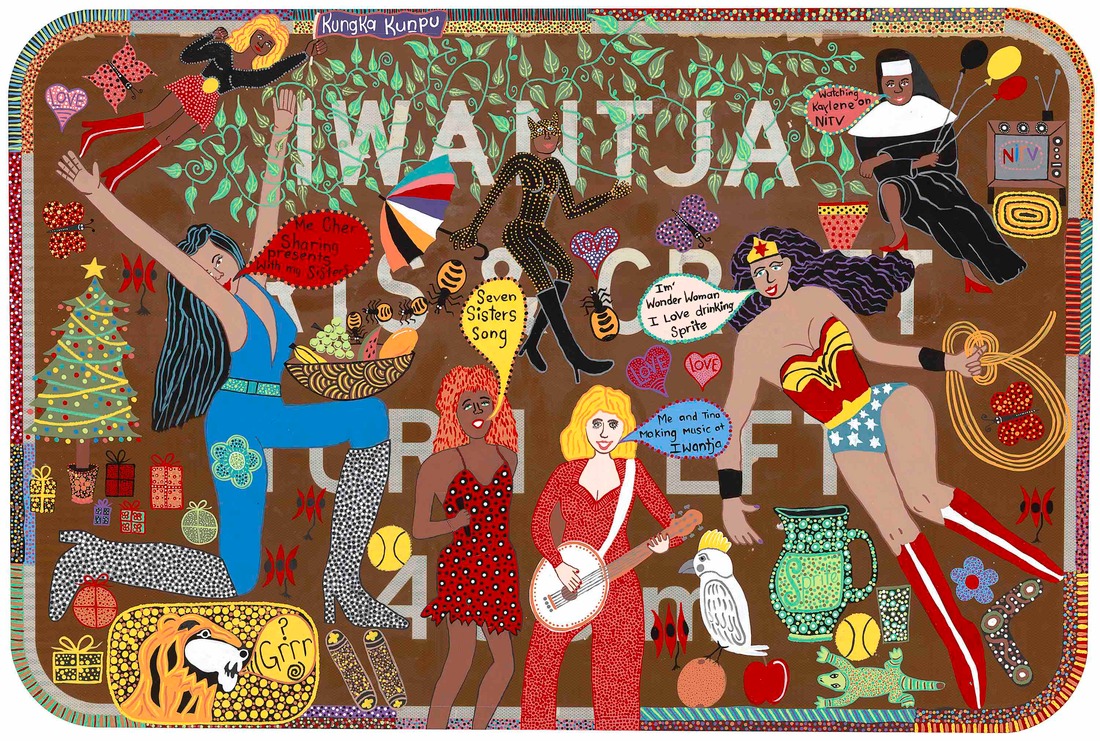 Kaylene Whiskey, Seven Sisters Song 2021, water based enamel on SA tourist attraction road sign 120.0 x 180.0 x 3.0 cm, National Gallery of Victoria, Melbourne, Purchased, Victorian Foundation for Living Australian Artists, 2021, © Kaylene Whiskey. Courtesy of the artist, Iwantja Arts and Roslyn Oxley9 Gallery, Sydney The veteran broadcaster, Phillip Adams, writes in the catalogue in a light-hearted manner on the tradition of self-portraiture as a collection of ‘selfies’. The now iconic image, an early John Brack painting showing the artist shaving, is the standout work in this part of the show. Frank and disarming in its honesty, Brack illustrates the morning ritual for men of his generation and the cruel confrontation with the mirror. For an artist, these ‘selfies’ were frequently the result of a cheap and ready model as well as, on occasion, a journey into flattery and flights of fancy and self-aggrandisement. Rupert Bunny, Sam Jinks, William Yang, Vernon Ak Kee and James Gleeson all fail to smile for the camera, the canvas or silicone and resin, as the case may be, and are shown resolutely as heroic artists. 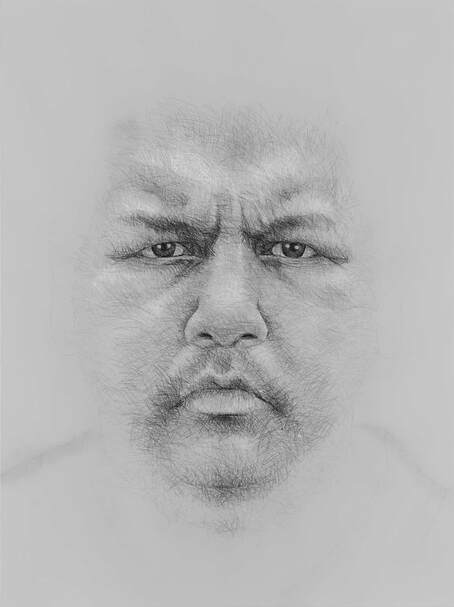 Vernon Ah Kee, Self-portrait (possesses some of the attributes of an artist) 2007, 240.1 x 179.3 cm, charcoal and synthetic polymer paint on canvas, National Gallery of Victoria, Melbourne Purchased, Victorian Foundation for Living Australian Artists, 2008, © Courtesy the artist and Milani Gallery, Brisbane This exhibition can be described as a thought adventure where well-known images from the two collections are juxtaposed with the new and unexpected. We see the historic spread from daguerreotypes to digital photographs, from academic naturalism to postmodernist explorations. 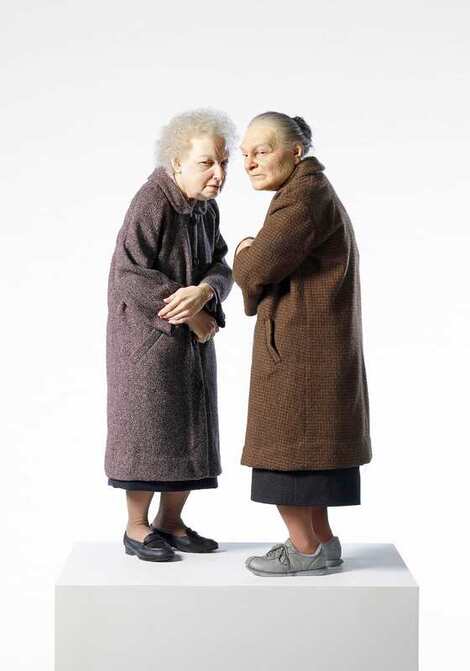 Ron Mueck, Two women 2005, polyester resin, fibreglass, silicone, polyurethane, aluminium wire, steel, wool, cotton, nylon, synthetic hair, plastic, metal, 82.6 × 48.7 × 41.5 cm (variable) National Gallery of Victoria, Melbourne Purchased, Victorian Foundation for Living Australian Artists, 2007 © Ron Mueck, courtesy Anthony d'Offay, London There are few portraits in this exhibition that would have been defended by Thomas Carlyle in the 19th century as examples of virtue that would inspire the young to lead virtuous lives. On the contrary, many of the portraits on show could lead people to question stereotypes concerning gender, race, sexuality and ethnicity. A few decades ago, it was fashionable amongst art students to dismiss portraiture as an antiquated art form designed either for the circus of the Archibald Prize or the power politics of corporate boardrooms or the watering holes for politicians. The wonderful Joshua Reynolds had warned us in his Discourses in the late 18th century, that “A history painter paints man in general; a portrait painter, a particular man, and consequently a defective model.” So many exhibitions of portraiture are collections of defective models. ‘
Who are you: Australian portraiture’ is a show about the journey that Australian portraiture has travelled over the past two hundred years and hints at its prospects for the future so that portraiture can remain relevant as an art form. ‘Who are you: Australian portraiture’ National Gallery of Victoria: The Ian Potter Centre: NGV Australia, Fed Square Level 3, 25 Mar 22 – 21 Aug 22, Open 10am–5pm daily National Portrait Gallery, Canberra, October 1 2022 – January 29, 2023
0 Comments
Your comment will be posted after it is approved.
Leave a Reply. |
GRISHIN'S ART BLOG
Sasha Grishin AM, FAHA is the author of more than 25 books on art, including Australian Art: A History, and has served as the art critic for The Canberra Times for forty years. He is an Emeritus Professor at the Australian National University, Canberra; Guest Curator at the National Gallery of Victoria, Melbourne; and Honorary Principal Fellow, Faculty of Arts, at the University of Melbourne. Archives
June 2024
Categories
Keep up-to-date with Sasha Grishin's blog with the RSS feed.
RSS offers ease of access and ensures your privacy, as you do not need to subscribe with an email address. Click here to download a free feed reader |
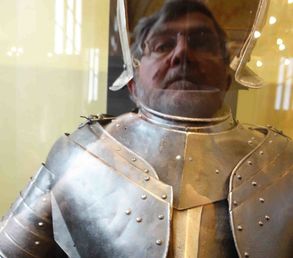
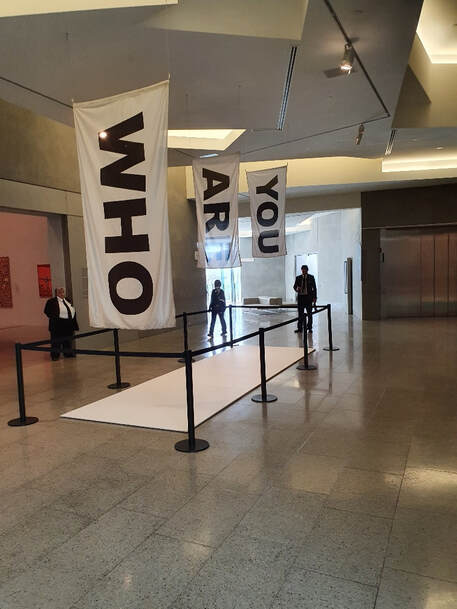
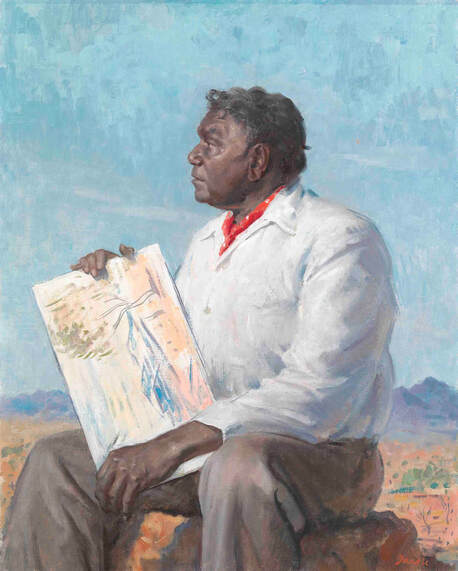
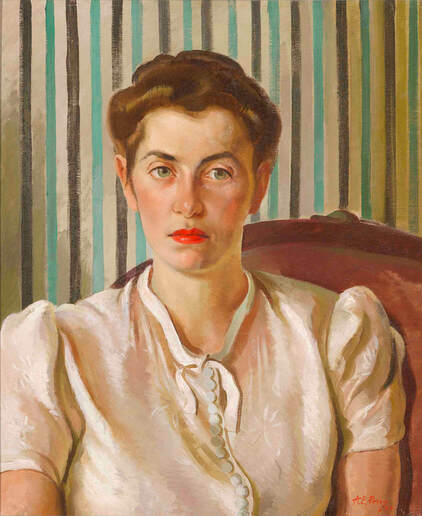
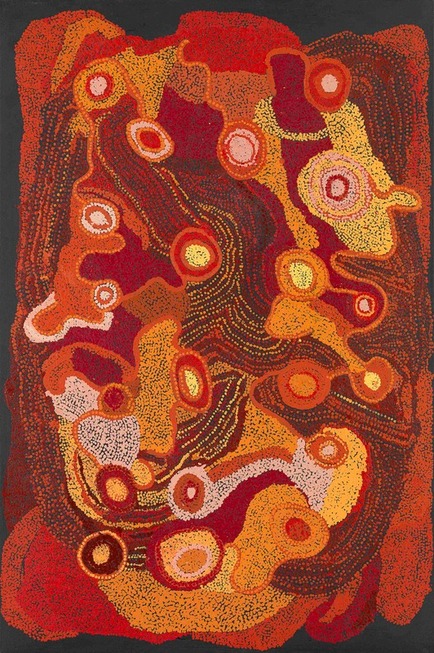
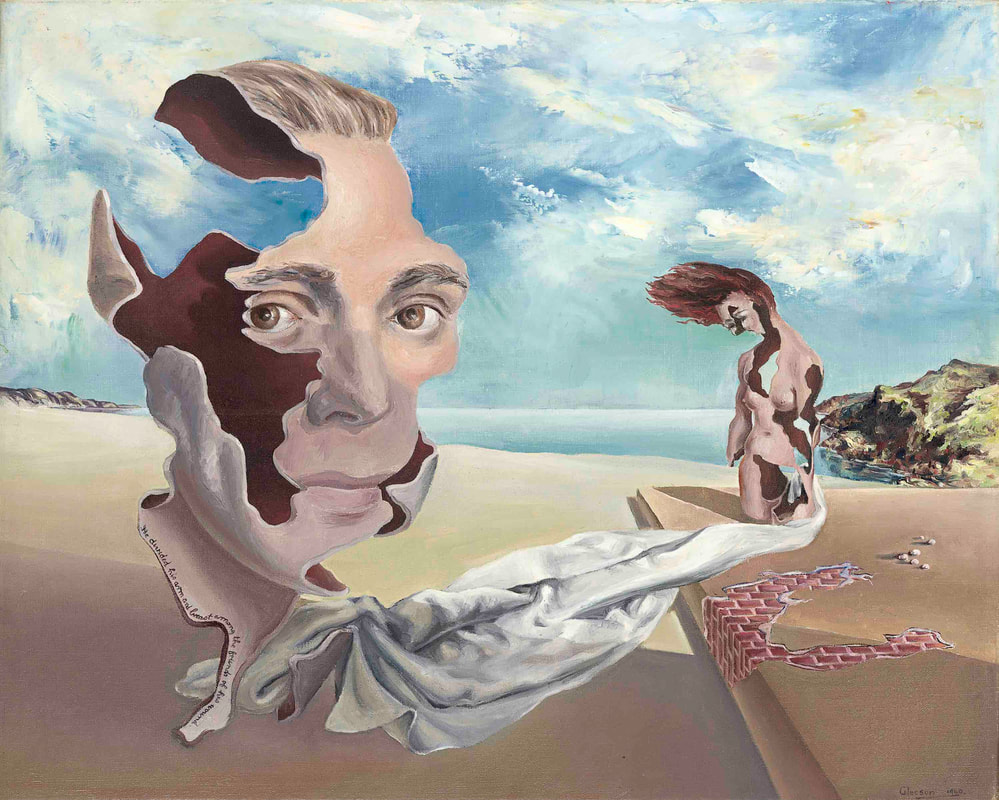
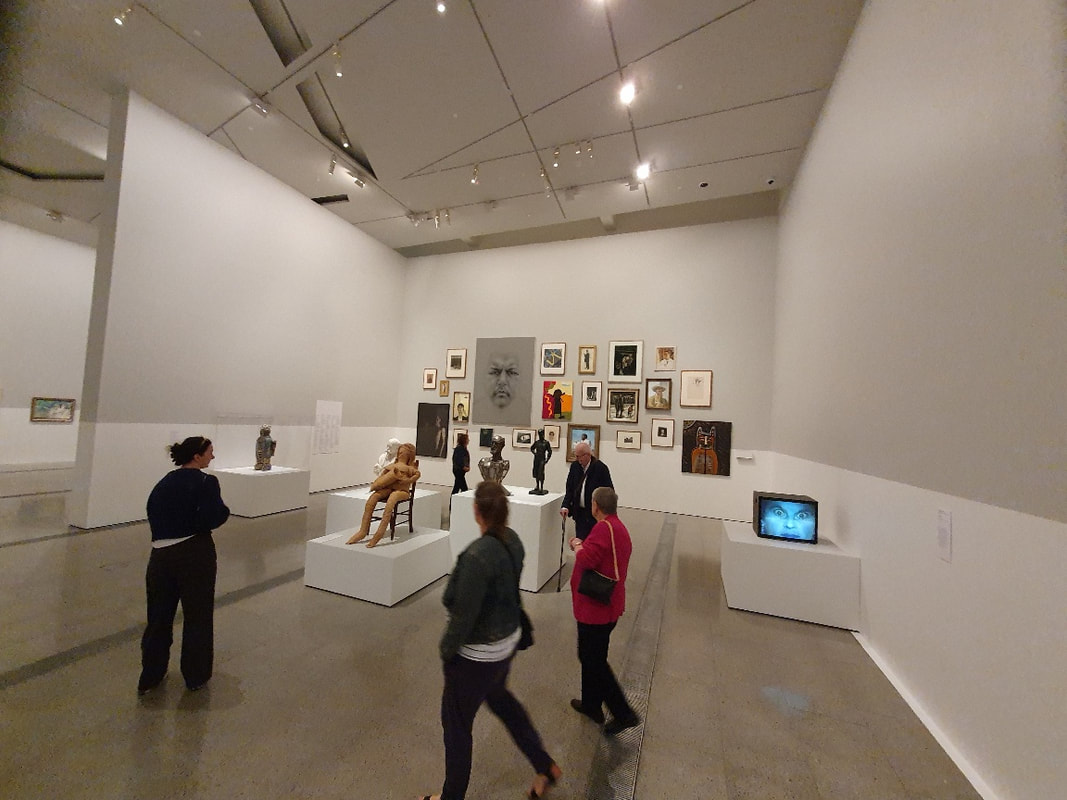
 RSS Feed
RSS Feed